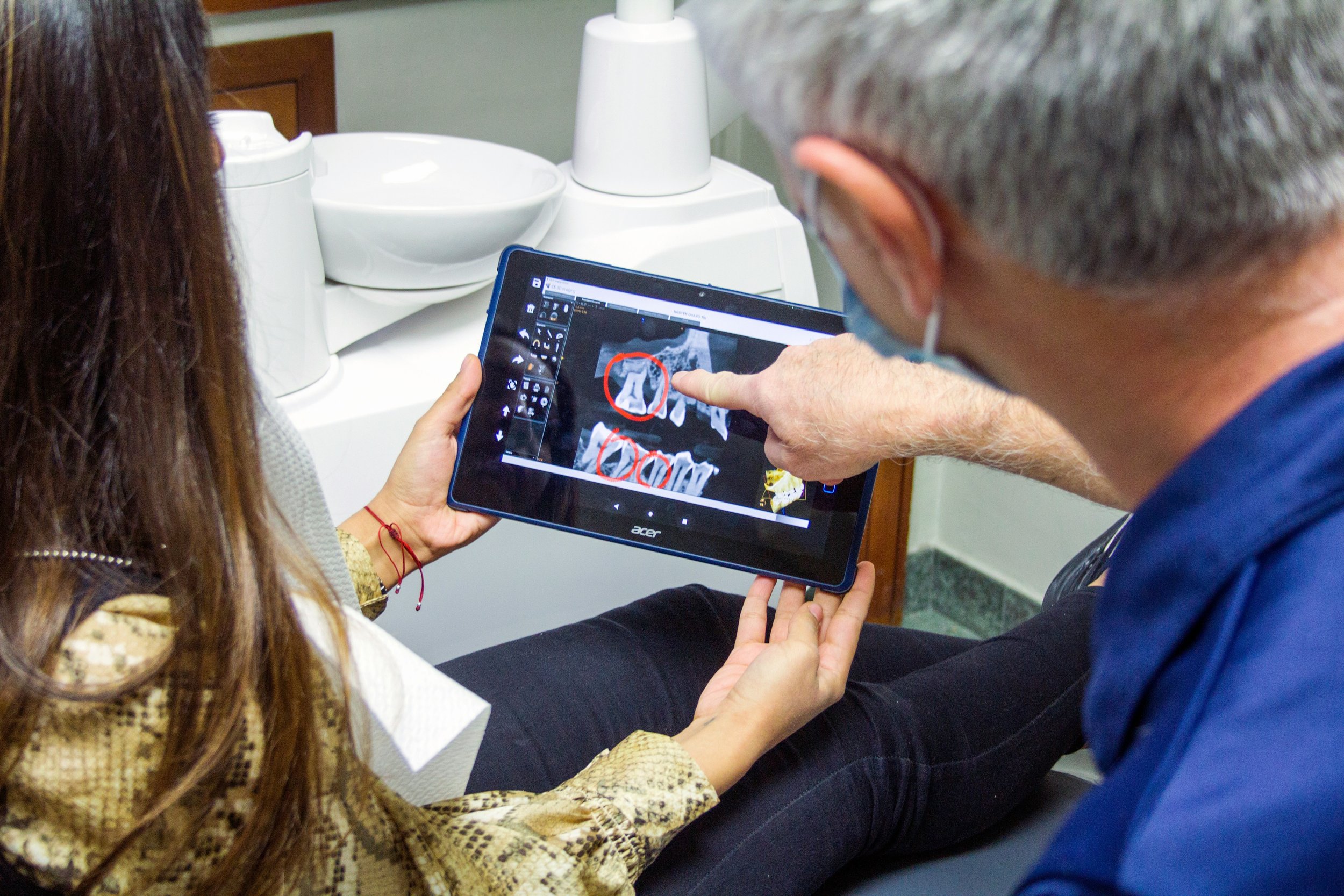The Role of Digital Storytelling in Narrative Medicine
Since time immemorial, humans have been passing down stories– legends whispered around a crackling bonfire, hieroglyphics etched on ancient temples, and now, encoded in pixels on our digital devices. As technology evolves, so do the mediums telling our stories, ushering in the era of digital storytelling.
Digital storytelling is a “form of media production that combines audio, images, and video clips to tell a story or present an idea”, creating a multidimensional narrative that touches beyond traditional written/oral storytelling (Create a Digital Story, 2024). Instead of reading from a text or hearing words spoken to you, digital storytelling can engage with multiple senses at once, allowing the audience to feel raw emotions and relive specific experiences as the creator intended. As a powerful multimedia tool, it’s not hard to see why digital storytelling could greatly enhance the core values of narrative medicine, which encourages empathy and understanding to build better foundations between physicians and patients. Patients are able to authentically share their experiences in the way they intend via digital platforms, including websites, blogs, podcasts, Instagram, YouTube, Facebook, etc. Digital storytelling has already been implemented in a myriad of ways in the healthcare system (healthcare professional training, patient diaries and education, public health campaigns, etc.), projecting patient voices to not only doctors, but also potentially to a community of kindred spirits, brewing hope, healing, and support (Park, Forhan, & Jones, 2021).
Photo by Quang Tri NGUYEN on Unsplash
As with the dominating presence of social media and the internet, digital storytelling's most prominent element is its ability to break down barriers. Traditional healthcare practices are limited geographically and lingually to an extent; sharing stories digitally supports those who live in remote areas or find face-to-face interactions challenging– hence a more inclusive medium. Additionally, the knowledge and communicative barrier between any two humans is one of the most formidable challenges– like I don’t think I’ve ever left any academic advising office less confused and frustrated than when I walked in– although digital storytelling can overcome barriers between professionals and patients. As a 2017 Canadian study on the effects of digital stories on healthcare professionals made by oncology patients concluded,
“viewing digital stories [is] about understanding an experience versus simply explaining it, and therefore may be at the heart of patient engagement and health care delivery in general”
For caregivers and those working in the healthcare industry, the educational role of digital storytelling is vital. The recordings could create a boundless collection of insights into patients' lives that allow practitioners to provide more holistic and compassionate care, especially for those who lack resources and experience with patient interaction. In a filmmaking project where second-year medical students collaborated with chronic illness patients, they “reported that the project [] increased their plans to involve patients in care, enhanced their appreciation for patient-centered care, [] and taught them about patients’ innovative adaptations”(Shapiro, Tomasa, & Koff, 2009). Indeed, humans, especially patients, are so much more than the statistics we are usually shown.
Of course, the use of digital storytelling cannot be parted from the complex ethics and risks involved with the digital age. Everyone’s stories are personal and unique, and at times, vulnerable— this brings into the spotlight confidentiality, consent, and potential unforeseeable or unintended consequences of sharing sensitive information. There must be more clear ethical guidelines and policies when employing digital storytelling in healthcare (Park, Forhan, & Jones, 2021). Nevertheless, digital storytelling does seem to hold a promising place in the future of narrative medicine. We’ve yet to fully imagine how it could transform the way we understand, share, and heal with each other- one story at a time.
For those of you interested, check out these digital stories from real patients. For even more stories, click here .
By Chloe Wang (she/her/hers) | Blog Committee Member
References
Create a Digital Story (2024, July 10). McLaughlin Library - University of Guelph. https://guides.lib.uoguelph.ca/DigitalStory
Laing, C. M., Moules, N. J., Estefan, A., & Lang, M. J. (2017). “Stories take your role away from you”: Understanding the impact on health care professionals of viewing digital stories of pediatric and adolescent/young adult oncology patients. Journal of Pediatric Oncology Nursing, 34(4), 261–271. https://doi.org/10.1177/1043454217697023
Park, E., Forhan, M., & Jones, C. A. (2021). The use of digital storytelling of patients’ stories as an approach to translating knowledge: A scoping review. Research Involvement and Engagement, 7, 58. https://doi.org/10.1186/s40900-021-00305-x
Shapiro, D., Tomasa, L., & Koff, N. A. (2009). Patients as teachers, medical students as filmmakers: the video slam, a pilot study. Academic medicine: journal of the Association of American Medical Colleges, 84(9), 1235–1243. https://doi.org/10.1097/ACM.0b013e3181b18896


